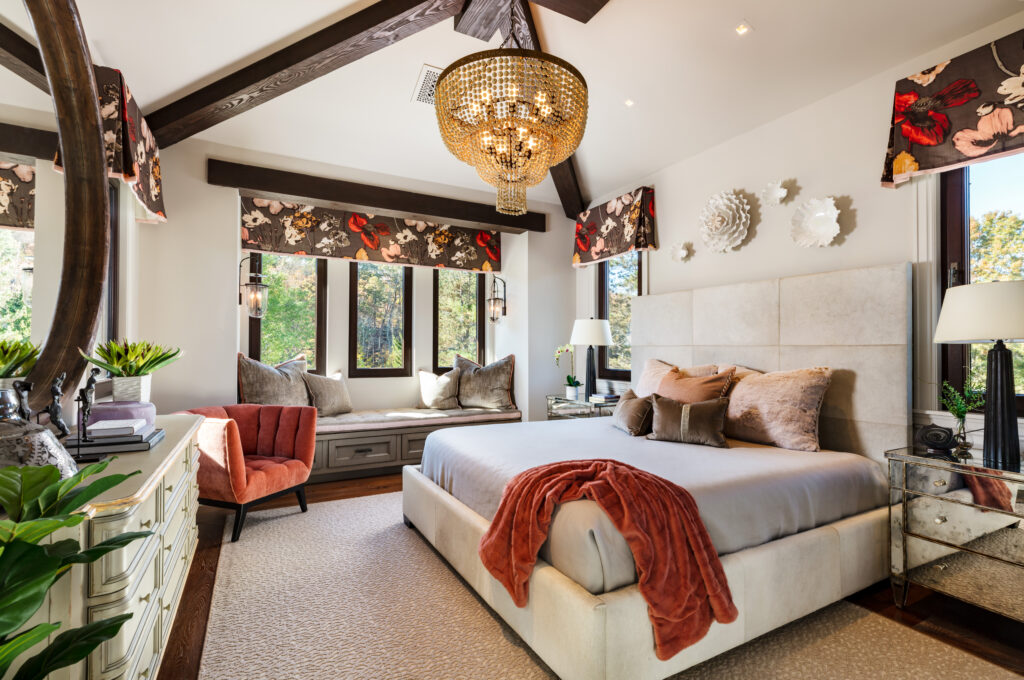Top 5 Common HOME DESIGN Mistakes To Avoid according TO INTERIOR designers
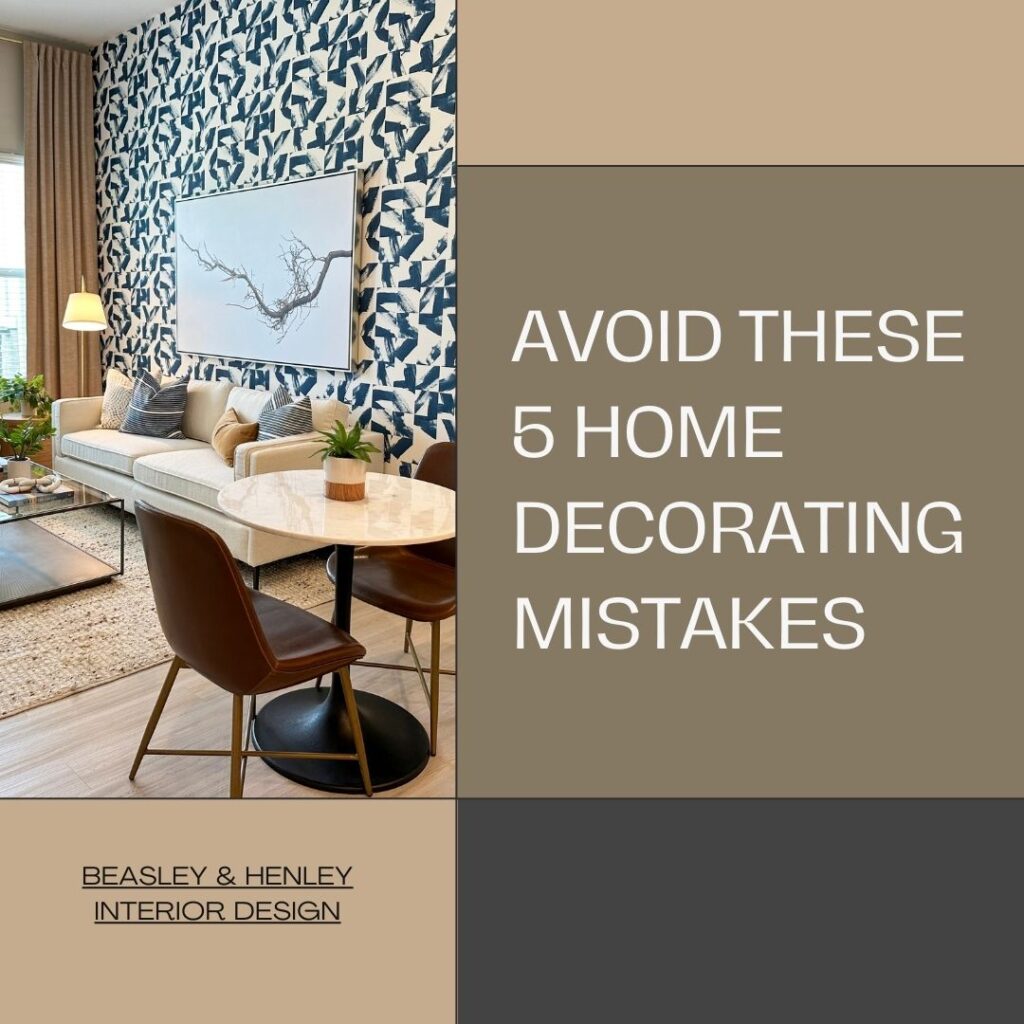
The interior designers at Beasley & Henley Interior Design, have had the pleasure of transforming countless spaces into stunning, functional, and harmonious environments. However, we’ve also seen our fair share of common mistakes that can hinder the beauty and functionality of a home. Here are the top five mistakes people often make when decorating their homes, along with tips on how to avoid them:
- Ignoring Scale and Proportion: One of the most common mistakes I see is ignoring the scale and proportion of furniture and decor items. It’s essential to choose pieces that are appropriately sized for the room. Oversized furniture can make a room feel cramped, while undersized pieces can make it feel empty and disjointed. Before purchasing any furniture or decor, take measurements of your space and carefully consider how each piece will fit into the overall design.

2. Neglecting Lighting: Lighting is a crucial element in interior design that is often overlooked. Many people rely solely on overhead lighting, which can create harsh shadows and fail to highlight the room’s features. Instead, aim for a combination of ambient, task, and accent lighting to create layers of light that enhance the atmosphere of the space. Consider incorporating floor lamps, table lamps, and sconces to create a warm and inviting ambiance.
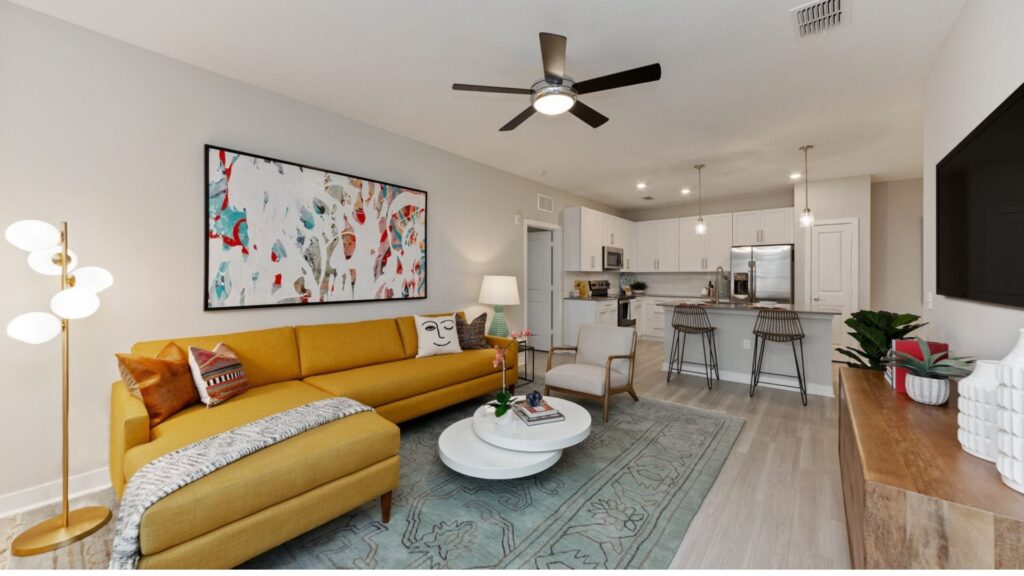
3. Choosing the Wrong Color Palette: Color has a significant impact on the mood and feel of a room, so it’s essential to choose the right palette. One common mistake is selecting colors that clash or overwhelm the space. Instead, opt for a cohesive color scheme that complements the room’s architecture and decor. Don’t be afraid to experiment with different shades and tones, but be mindful of how they interact with one another. Consider using neutral tones as a base and adding pops of color with accents like throw pillows, accent chairs, curtains or artwork.
4. Overcrowding the Space: It’s easy to fall into the trap of cluttering a room with too many furniture pieces and decor items. While it’s essential to personalize your space, overcrowding can make it feel chaotic and overwhelming. Instead, focus on quality over quantity and choose a few statement pieces that speak to your style. Make sure to leave plenty of breathing room around furniture and allow for easy traffic flow throughout the room. As an interior designer, I believe in the art of balance within a space. Overcrowding a room with excessive furniture and accessories not only diminishes the visual appeal but also disrupts the functionality and flow of the space. Each piece should have its own purpose and contribute to the overall harmony of the room. When every corner is cluttered with unnecessary items, it overwhelms the senses and diminishes the impact of the design elements that truly matter. A well-curated space allows for breathing room, highlighting each piece’s beauty and ensuring that the space feels welcoming and comfortable rather than suffocating.
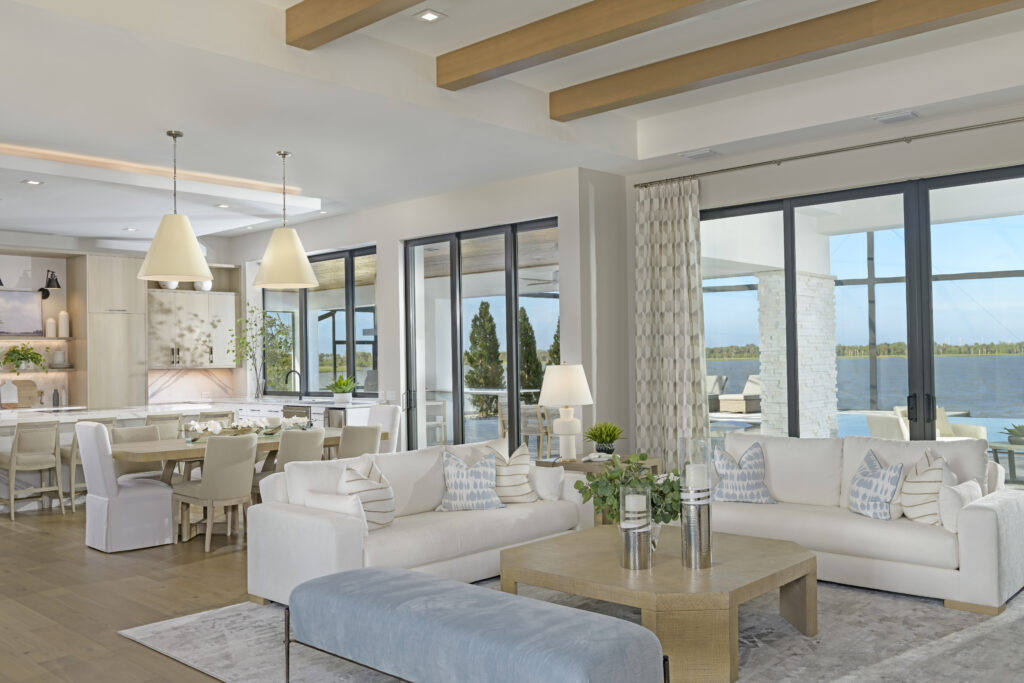
5. Hanging Curtains Too Low and Ones That Are Not Long Enough: A beautiful room is only truly successful if it meets the needs of those who use it. Ignoring the rules to hanging curtains is a common mistake that can lead to frustration and dissatisfaction with the space. When hung correctly, the appropriate drapery transforms an interior, providing privacy, light regulation, and the impression of spaciousness with added texture. Ensuring the right curtain size and optimal rod height is vital for both visual appeal and practicality. Failing to maximize drapery height can visually shrink a room, inducing a sense of confinement.
Hanging the curtains above the window and closer to the ceiling gives the illusion that the ceilings are taller than they actually are. The general rule of thumb is to install the rod at least halfway between the top of the window casing and the ceiling, or at least a minimum of 2-4 inches above the top of the window casing. The ideal length of your curtains can be subjective, but as a guideline, they should lightly graze or just kiss the floor. Curtains shorter than this can appear awkward and visually shrink the room. Conversely, overly long curtains that pool on the floor might pose a tripping hazard and gather dust more readily. I suggest starting with measurements to precisely determine the curtain length needed and where to install the rod accordingly.
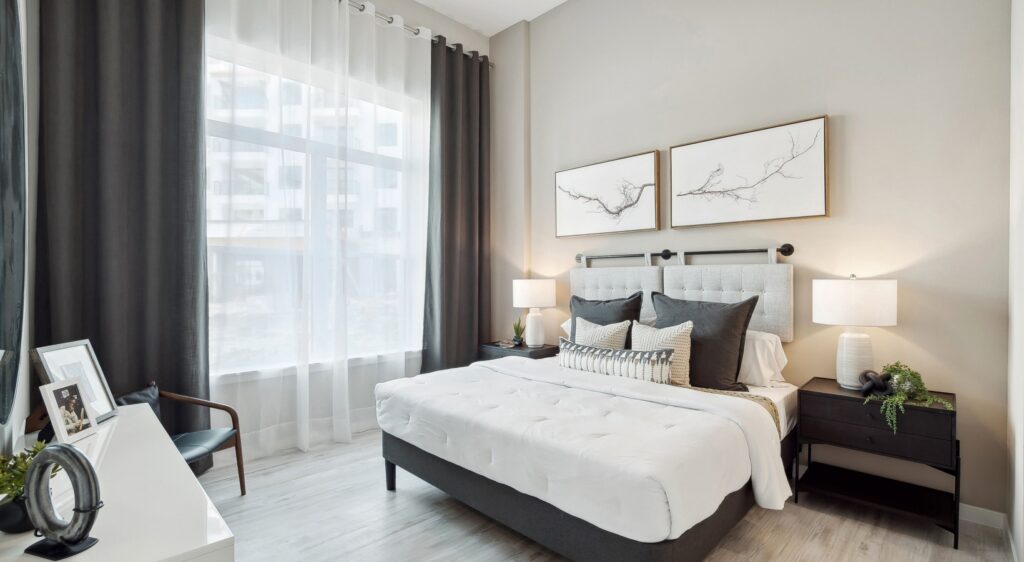
By avoiding these common interior design mistakes, you can create a home that is both stylish and functional. Remember to take your time, carefully plan each design decision, and don’t be afraid to seek guidance from a professional if needed. With a thoughtful approach, you can transform your space into a haven that reflects your personality and enhances your quality of life.



